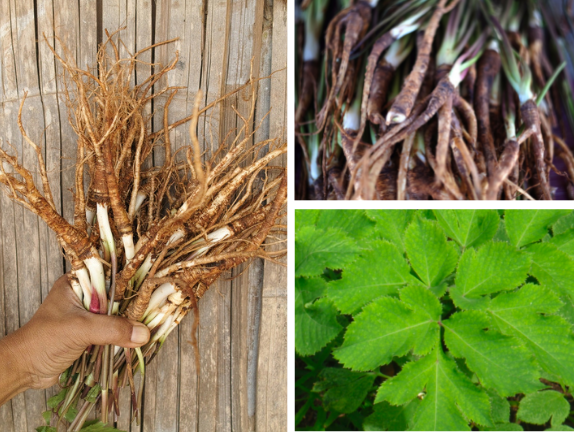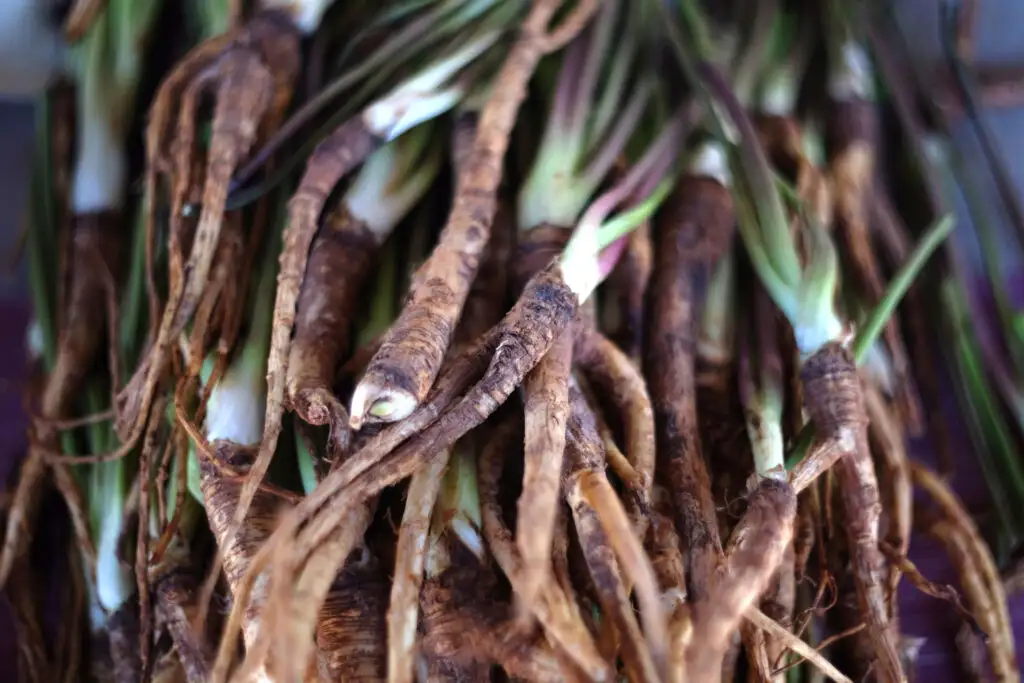Angelica sinensis
Latin Name: Angelica sinensis
Herb Class/Action: Uterine Tonic, Immune Support, Circulatory Tonic, Emmenagogue
Parts Used: Root
Flavors: Bitter, sweet, pungent, acrid
Energetics: Warming
Traditional Benefits: Reproductive support, women’s health support, tension support, immune support, cardiovascular support
Known as a harmonizing herb, Dong Quai is fittingly never used alone in herbal remedies. Rather, this plant harmonizes with others to strengthen and support their benefits, often assisting reproductive and hormone health.*
Native to high-altitude mountains or woods in Asia, Dong Quai translates to “state of return,” which is a great name for an herb that helps your body return to a state of homeostasis. Also known as “female ginseng,” this herb is a flowering plant whose roots offer nourishing, warming, and restorative benefits to the body and more specifically, the reproductive system.
Known as a blood-building, warming, energizing herb in traditional Chinese herbalism, Dong Quai helps invigorate and get things moving within the body. Dong Quai helps nourish and move the blood, which in Western terms is akin to supporting healthy blood flow and circulation. In addition to helping with minor menstrual-related concerns such as mild PMS, Dong Quai can also support relief from occasional menopausal symptoms. A great balancer and modulator, indeed.*

In Chinese medicine, Dong Quai is said to be helpful for a ‘disturbed Shen’—helping to balance and support the Spirit or heart-mind connection, and move the body out of a cold or yang-depleted state.
Its physical benefits are largely due to the presence of coumarin compounds, which support healthy blood circulation, along with phytosterols, which support blood and heart health. Dong Quai root also contains ferulic acid, which provides additional heart health and blood support.*
Dong quai isn’t typically used on its own, but is often combined with other herbs—most commonly rehmannia, cinnamon, white peony, osha, and licorice—in more comprehensive, synergistic herbal remedies.

